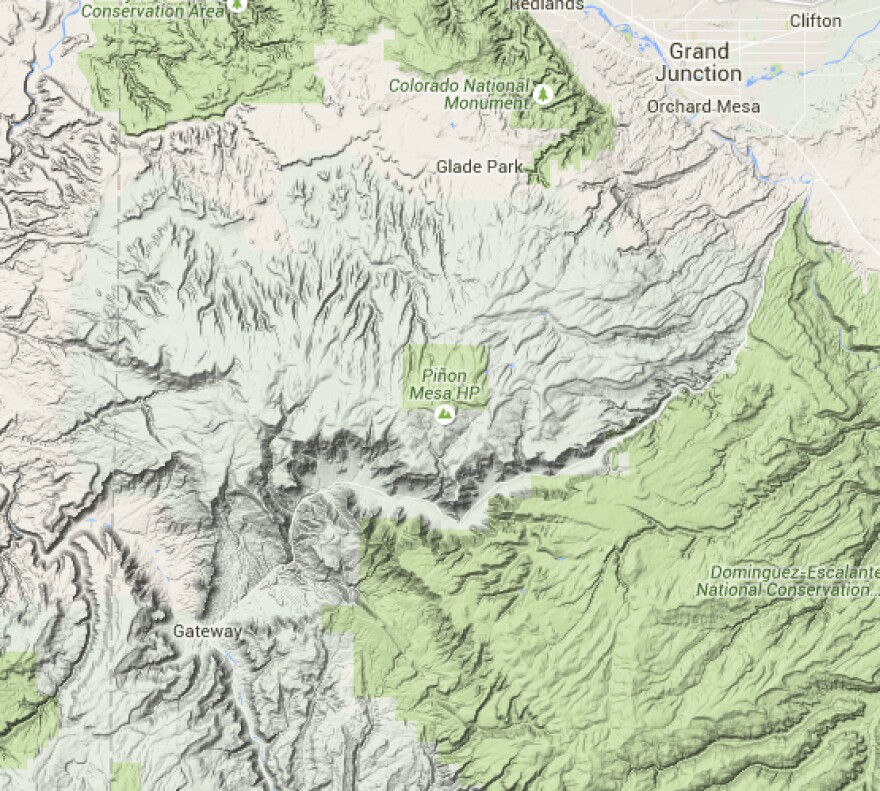We tend to think that rivers flow in a consistent direction: downstream. But over geologic time “downstream” can change. That’s why a place like Unaweep Canyon in western Colorado is such a good place to think about long-term time travel.
Unaweep Canyon, south of Grand Junction, is odd because it has two outlets. A pair of creeks now flows off a divide in opposite directions—East Creek goes out one way, West Creek exits the other. But neither stream is big enough to have carved a canyon as large as Unaweep.
Geologists think two large rivers—ancestors of the Gunnison and the Colorado—initially did the cutting. Gravel deposits from both are still found in Unaweep. The deep canyon then filled with sediments, and East and West creeks flow atop that fill.
But what happened to those major rivers? Various ideas have been offered and debated through the years. The most recent is that the Colorado, and then the Gunnison, were eventually “pirated,” or captured, away from Unaweep into their present courses. The latest capture probably took place only about a million years ago.
So Unaweep may be a young canyon, but the rock exposed in its walls is ancient—nearly equal in age to the two-billion-year-old schist of the inner gorge of Grand Canyon.
Unaweep’s weirdness—a canyon without a river—leaves behind a fascinating place to explore. A scenic byway pierces the canyon, there are trails to hike and mountain bike, and plenty of prime fishing holes too.







